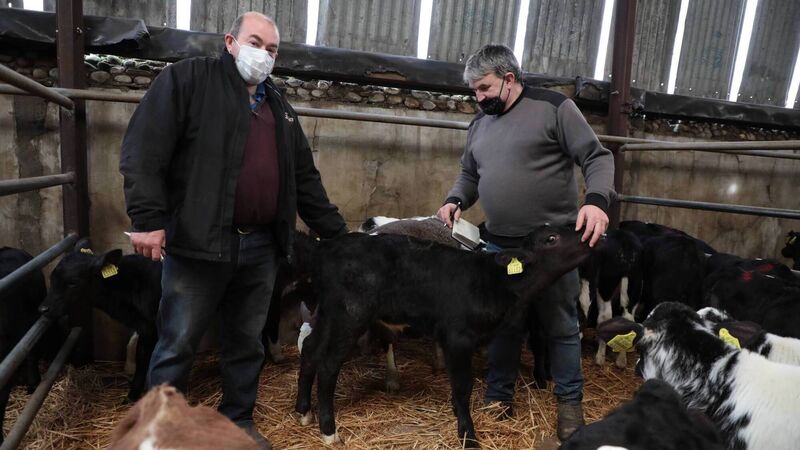Beef finishers are keeping pressure on processors for price increases, as sourcing sufficient stock to meet the very strong market demand continues to pose a challenge.
The balance of market power has shifted to finishers, resulting in minor price increases over the past week.
Meanwhile, processors are under added pressure to get as many cattle as they can through plants this week, to compensate for loss of throughput on the Easter Monday bank holiday.
The base price for steers is generally at 380 cents/kg.
Finishers are battling with processors to get 385 cents/kg, which is being achieved by some finishers. However, it is reported to be “very difficult” to get above that.
Prices for heifers are pitched at a base of 385 cents/kg. However, a fairly sizeable percentage are believed to be making 390 cents/kg, but that is currently the upper cut-off price being firmly enforced by processors.
Demand for both Angus and Hereford crosses is reported to be at a level rarely before experienced, relative to other breeds. Both breed societies have done tremendous work with their promotional schemes, which deliver a breed bonus for finishers, but even more important is the marketing of their brands to consumers to create retail demand at home and abroad.
Prices for young bulls have tightened, to a range of 375-80 cents/kg in general, with up to 385 cents/kg in some deals for R-grade.
Demand for cows continues strong, with prices firmed to 350-355 cents/kg and a few reports of extra for better quality R-grade cows.
The intake at factories last week was 32,000 head, down 6,000 head compared to the corresponding week last year.
All categories were lower than a year ago. Steers accounted for 12,282 head, with the heifers at 9,688. There were 5,694 cows supplied.
Since mid-January, the prime cattle throughput has been behind 2020 and 2019 levels, about 17% behind 2020, and 14.5% behind 2019.
Cow throughput has followed a similar trend. In the six weeks ending March 20, the number of cows passing through processing plants was 36,982, 14% behind 2020, and 11% behind 2019.
According to Bord Bia, for the first 11 weeks of 2021, 72,011 head of cattle were exported live, which is slightly ahead of the same period 12 months ago.
Up to 14,000 calves per week have been exported to Continental Europe, but the figures were still 5% behind 2020 for the first 11 weeks of the year.
The movement of cattle to Northern Ireland has continued to perform strongly










